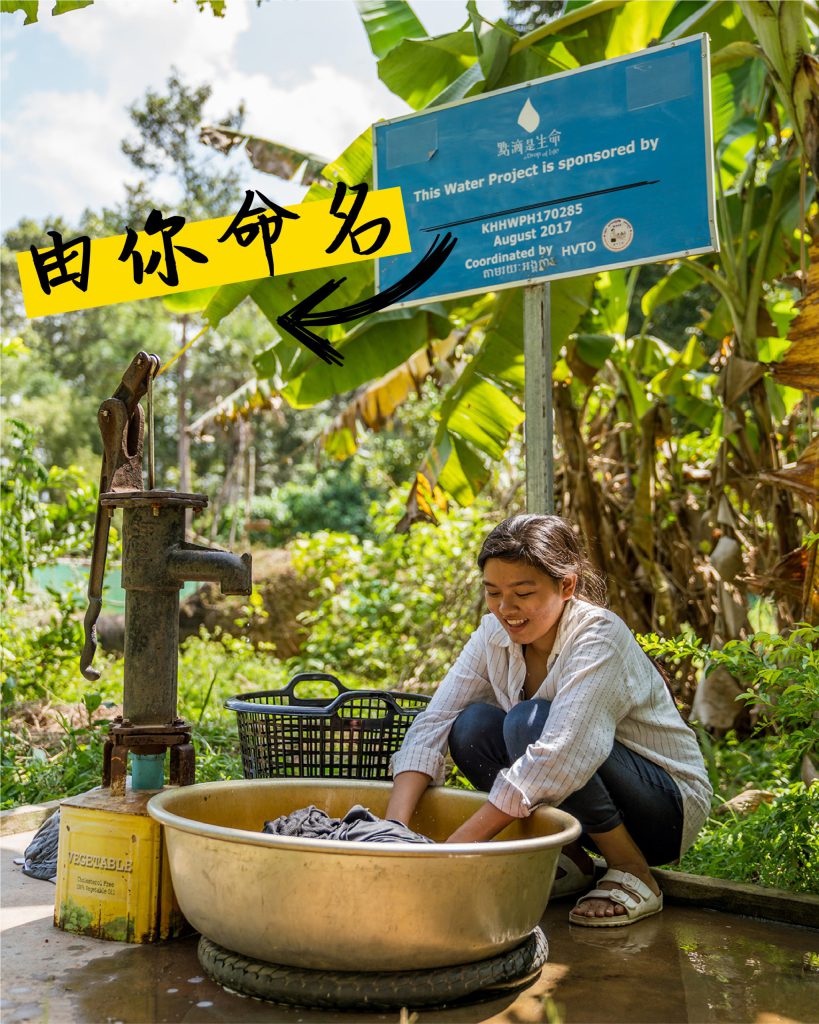Menu
Menu
help two Cambodian families solve water supply/clean water problems to access clean water
Our team manually drill a pipeline into the groundwater source that is 20-25 meters deep, then cover the mouth of the well with concrete to prevent the water source from being polluted; villagers can extract groundwater for daily use and irrigation purposes.
The bio-sand filter is composed of microorganisms and gravels, which can help remove impurities and harmful bacteria in untreated water; villagers do not need to buy any expendable filters, which saves money and is convenient to use.

幫助兩個柬埔寨家庭解決供水/淨水問題

幫助兩個柬埔寨家庭解決供水/淨水問題

In addition to provide a private space for personal use, the toilet is also connected to a septic tank, which prevents human waste from being exposed to open air , contaminating nearby water sources and spreading diseases.
at a Cambodian school to improve water, sanitation and hygiene awareness
WASH program is short for Water, Sanitation, and Hygiene. We build large-scale bio-sand filters, wash basins, and promote hygiene education classes at our partner schools. It is our belief that clean water and sanitation are indispensable to each other. If children do not practice good hygiene habits, they could be at risk of contracting diseases through eating or drinking with dirty hands.
Monthly donation are primarily spent on water projects that are larger in scale, require longer term planning and contribute to the whole community development. It would also be spent on smaller water projects.
Annual report and receipt will be delivered in April every year, you will also receive updates and progress emails from us.
In order to effectively meet the needs of local villagers, we also build larger water facilities that benefits the whole village in Cambodia, Nepal and Myanmar, such as community pond and water dam. Larger water facilities can not only relieve temporary thirst, but also help villagers improve their livelihoods.
Please contact our fundraising manager for more information